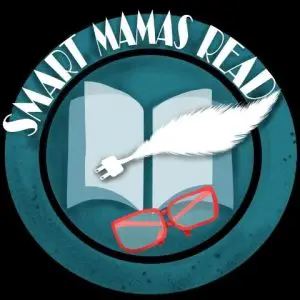When you teach empathy to kids, you solve a host of other problems. Have you ever wondered how to get kids to share? How to get them to be kind to one another? How to stop bullying? The missing...
Tag: kids
This list is broken into three parts, each focusing on different elements of the Hatchet story that I find compelling. First of all, it’s a survival story. If the popularity of the reality...
If you’re looking for practical ways to have a reading family, here's ideas that worked for our family when our four kids were growing up. Add reading to the chore chart Capitalize on...
I reached a point when I wondered if there were any good books left. You know, masterfully written page turners that sucked you into the story and left you feeling satisfied at the end. Books...
The day before my youngest turned 18 I found out I was going to be a grandma. It seemed fitting. The end of an era. The beginning of an era. My son and daughter-in-law are having a...
I believe America has lost her way. She has forgotten the her founding principles and ideals. The sacrifices made and the travail that birthed this country go unappreciated....

